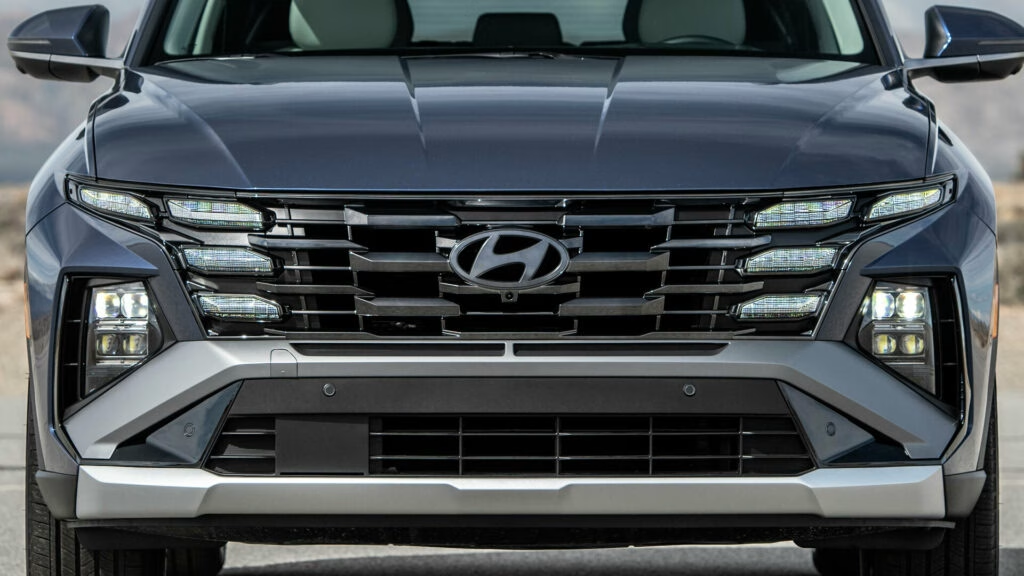What’s Really Behind the GM and Hyundai Partnership?
When two automotive giants like General Motors and Hyundai decide to join forces, it’s not just another corporate handshake—it’s a signal that the industry is shifting gears. So, what’s driving this collaboration, and what does it mean for drivers and businesses across the Americas? Let’s break it down.
Which New Vehicles Are Coming—and Where Will They Be Sold?
GM and Hyundai have mapped out five new vehicles together, but don’t expect to see all of them at your local dealership. Here’s the scoop: Central and South America are getting the lion’s share, with two trucks, a compact car, and a crossover on the way. North America, meanwhile, will see just one of these joint ventures—a fully electric commercial van.
Why the focus on Latin America? It’s all about opportunity. According to Statista, vehicle sales in Latin America are projected to grow by over 5% annually through 2028, outpacing many mature markets. By tailoring models to local tastes—think compact trucks and crossovers—GM and Hyundai are betting big on regions where demand is heating up.
What Do We Know About the Vehicles Themselves?
Details are still under wraps, but here’s what’s confirmed: the lineup includes a compact car, a compact crossover, a compact truck, and a mid-size pickup (with GM leading development on the latter). Each model will be flexible enough to offer either traditional gas engines or hybrid powertrains, a nod to the diverse needs and infrastructure across these markets.
The electric commercial van for North America is especially interesting. Industry insiders suggest it could be based on Hyundai’s ST1 or Kia’s PV5 platform, serving as a modern successor to GM’s aging Chevrolet Express and GMC Savana vans. This is a smart move, considering the electric van market is expected to grow at a compound annual rate of nearly 30% through 2030, according to BloombergNEF.
How Will the Collaboration Actually Work?
This isn’t just about slapping different badges on the same vehicle. GM and Hyundai have committed to giving each model “unique interiors and exteriors consistent with their respective brands.” In other words, a Chevy truck and a Hyundai truck might share bones, but they’ll look and feel distinct.
Beyond the vehicles, the partnership extends to joint sourcing of materials, logistics, and even low-carbon steel. By pooling resources, the companies can cut costs, streamline supply chains, and get new models to market faster. It’s a playbook that’s worked for other automakers—think of the Toyota-Mazda or Ford-Volkswagen alliances—but with a twist: this deal is laser-focused on the Americas.
What’s the Business Case for Teaming Up?
Let’s be blunt: developing new vehicles is expensive. By sharing the load, GM and Hyundai can each save hundreds of millions in R&D and manufacturing costs. Shilpan Amin, GM’s senior vice president, put it plainly: “By partnering together, GM and Hyundai will bring more choice to our customers faster, and at lower cost.”
There’s also a history lesson here. GM’s previous attempt at a small commercial van—the rebadged Nissan NV200, known as the Chevrolet City Express—never caught on and was discontinued in 2018. This time, by leveraging Hyundai’s expertise in electric and compact vehicles, GM hopes to avoid a repeat flop.
When Will These Vehicles Hit the Road?
Development is already underway. For Central and South America, the new models are expected to launch in 2028. The electric commercial van for North America could arrive as early as the same year, and will be built in the US. If all goes according to plan, the companies aim to sell more than 800,000 co-developed vehicles annually—a bold target, but not out of reach given the combined scale of both automakers.
How Will This Affect Shoppers and Fleet Buyers?
For consumers in Latin America, this means more choices—especially in segments that are often underserved by global brands. Expect trucks and crossovers designed for local roads, needs, and budgets. For North American fleet buyers, the electric van could be a game-changer, offering a modern, efficient alternative to aging gas-powered workhorses.
There’s also a sustainability angle. By offering hybrid and electric options, GM and Hyundai are positioning themselves for a future where emissions regulations are only getting tighter. And with both companies pledging to use more low-carbon materials, the environmental impact of these vehicles should be lower than ever.
What’s the Real Impact of This Alliance?
This partnership isn’t just about new vehicles—it’s about adapting to a rapidly changing industry. Automakers are under pressure to electrify, cut costs, and serve new markets, all while keeping customers happy. By joining forces, GM and Hyundai are hedging their bets and sharing the risk.
The big takeaway? Reinventing the car business isn’t about perfection—it’s about smarter adjustments. Start with one bold collaboration, and you’ll likely spot the difference in showrooms and on the streets by month’s end.

